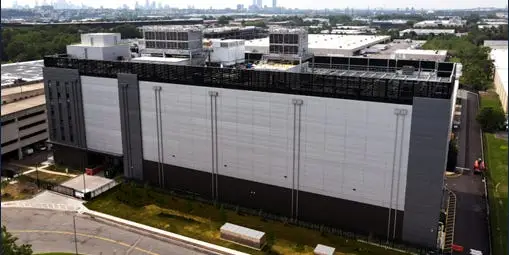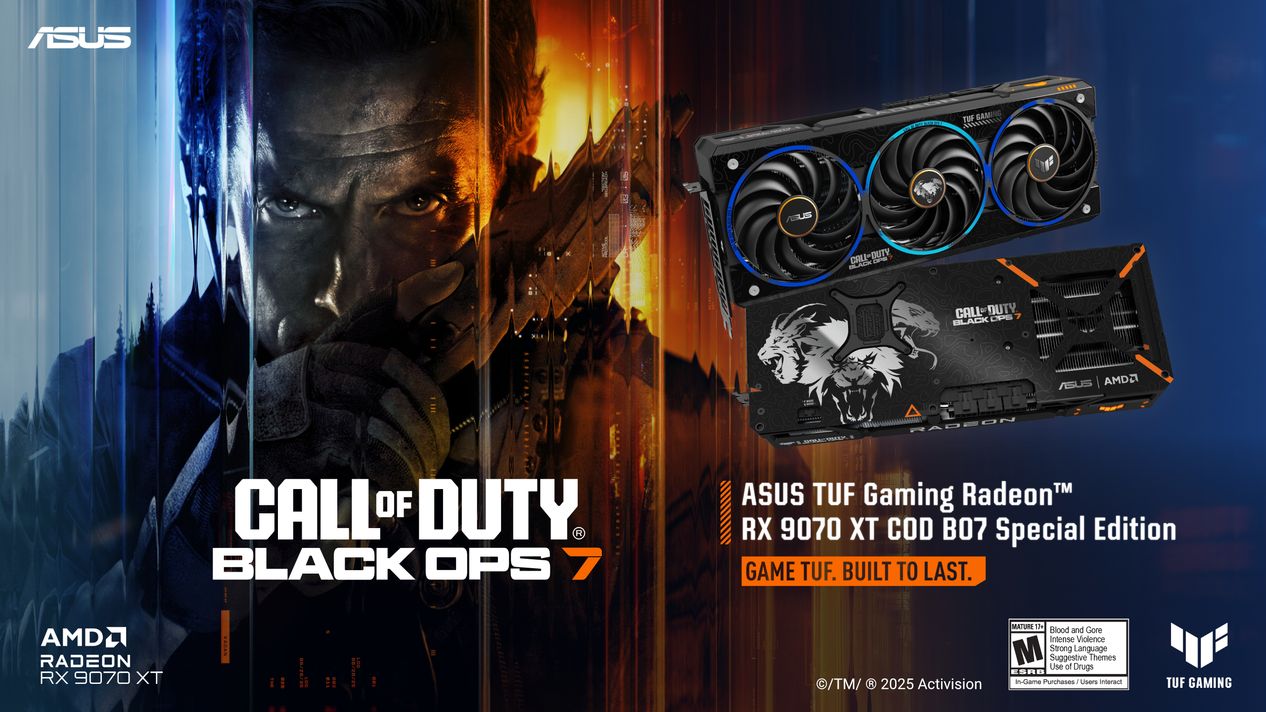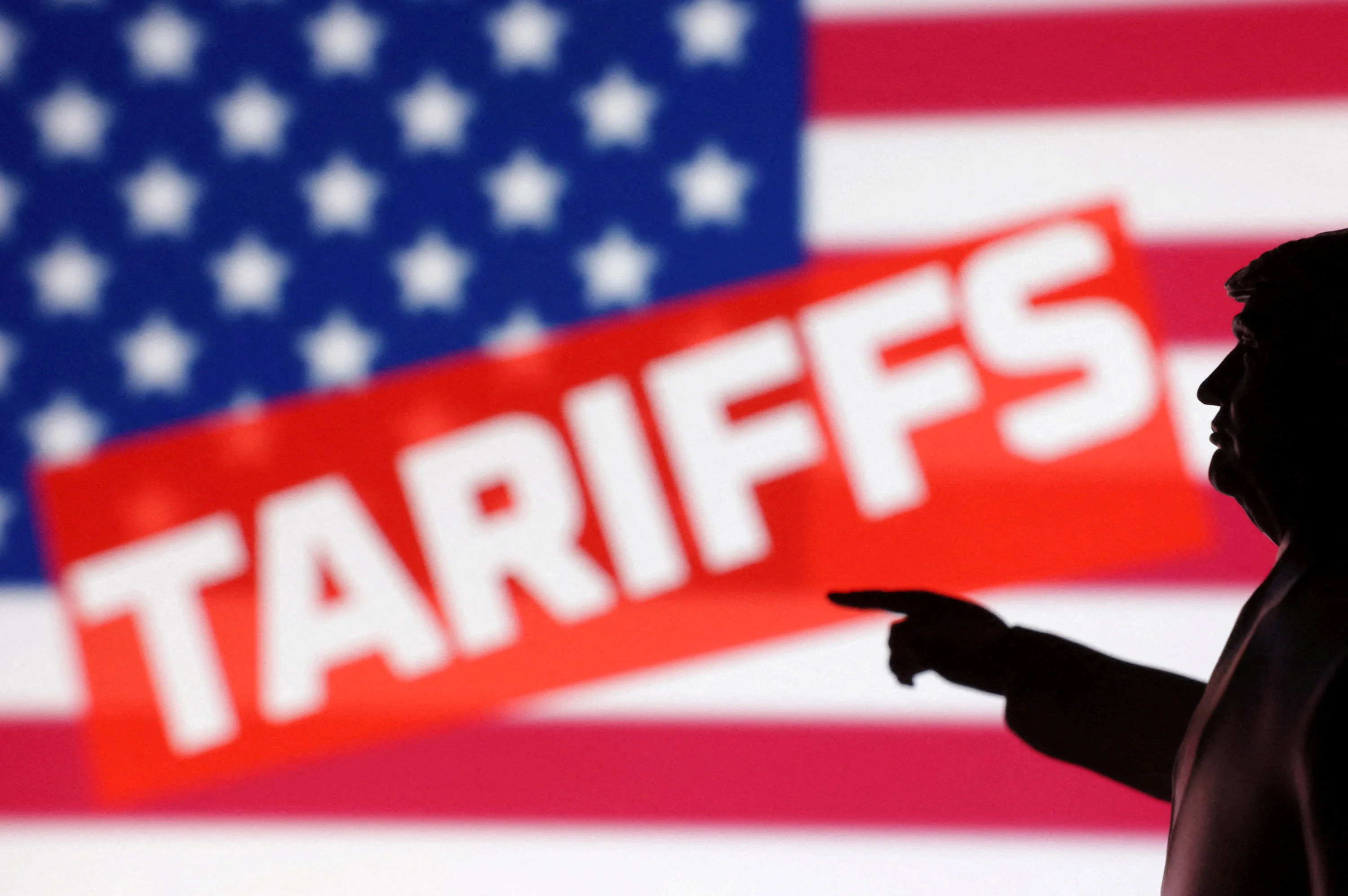Copyright Markets Insider

There have been a number of dueling theories about why the US economy has held up amid Donald Trump's trade war. According to one top economist, we can thank robust AI spending. Yet, the massive burst of capex that companies have shelled out this year to build their AI data centers may also be masking an uncomfortable truth about US economic growth. Torsten Sløk, the top economist at Apollo Global Management, thinks the the spending on AI has been dramatic enough to blunt any of the predicted negative impacts of Trump's tariffs. "While the trade war remains a mild drag on growth, its impact is being more than offset by the tailwinds from the AI boom and the industrial renaissance. Consequently, there is a growing upside risk that economic growth will reaccelerate over the coming quarters," Sløk wrote in a blog post on Sunday. The economist highlighted several factors he believes highlight why both corporate default and consumer delinquency rates are trending downward, typically a signal of broader financial health. All three are tied to the AI spending boom and what Slok describes as an industrial renaissance: Trade war-related uncertainty has fallen sharply from its Liberation Day peak. The ongoing AI boom is driving strong expansion in both AI data centers and the energy infrastructure they require, while equity markets continue to rise and boost consumer spending. A growing number of investors are starting to acknowledge that the economy is entering the early stages of an industrial revival that spans technology and automation, as well as other sectors. "With nearly 200 factory completions since mid-2023 and a $590 billion pipeline led by $5 billion-plus megaprojects, advanced manufacturing is set to be a durable growth engine for the US economy with positive spillovers to industrial real estate, private credit and nationwide employment," he wrote. While that's encouraging, there's also a catch. In a post at the end of September, Harvard University professor Jason Furman appeared to be looking at the AI capex boom a bit differenly. The tech spending explosion, he said, accounted for the overwhelming majority of economic growth in the first six months of 2025. "Investment in information processing equipment & software is 4% of GDP." he said in an X post. "But it was responsible for 92% of GDP growth in the first half of this year." In Furman's view, without the current levels of AI spending, overall growth would be significantly lower. That's concerning, especially for those who argue that the AI spending boom isn't sustainable. Other commentators have said that the AI spending boom may be hiding other problems. Analysts from Pantheon Macroeconomics estimated in a recent note that without AI spending, US economic growth would be less than 1%. The latest esimate for third-quarter GDP growth from the Atlanta Fed is 3.9%.



